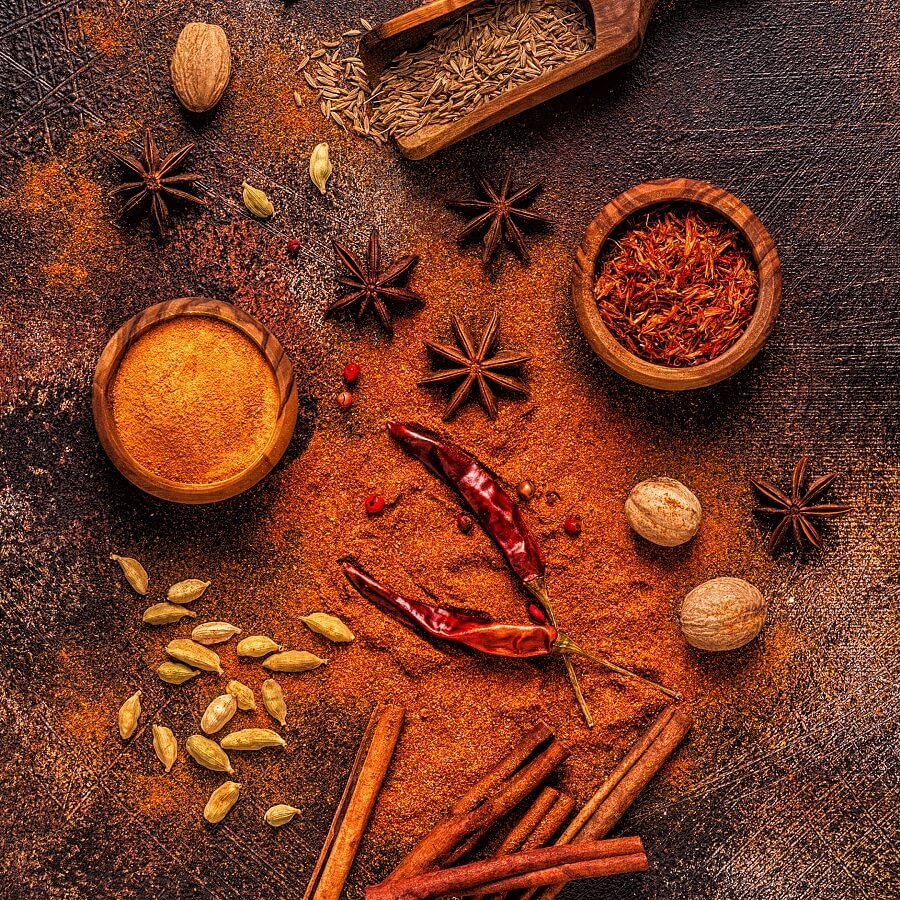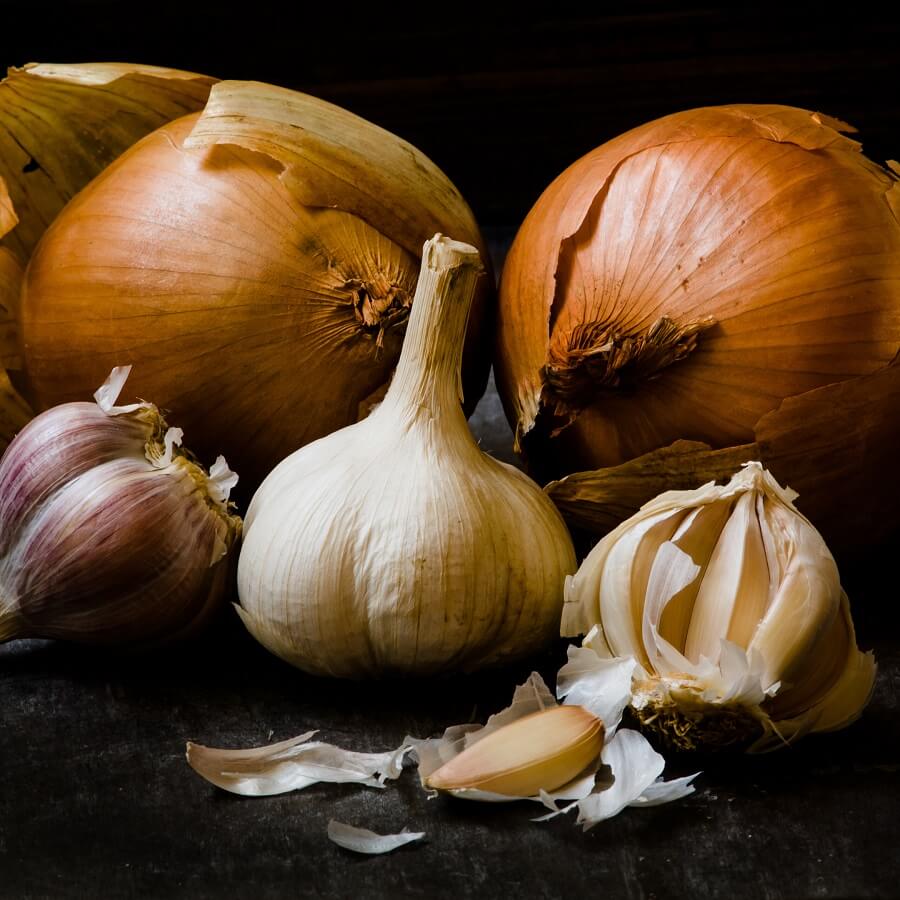How to make a Curry
Understanding Spices
Your cart is empty.
SUBTOTAL
£0.00

Understanding Spices
Although curries have become an integral part of the British way of life and one of the most popular dishes consumed in restaurants and ‘take outs’ – for most of us the very thought of cooking a curry from scratch at home is quite daunting! Yet we know that the easy way out – reaching for a jar of curry sauce or paste – means a poor approximation of the real thing.
In reality, stepping over the threshold into that mystical world of exotic sounding dishes with unfamiliar ingredients should not faze us. Putting together a tasty, even individual curry requires no more skill or ‘know-how’ than producing a good beef casserole! There are very few, if no, set rules, endless variations and the possibility (though not the necessity) of being creative. Making a curry that is at least as good as, if not better than, the one we are prepared to travel miles to enjoy can be created in our own kitchens.

According to Glynn Christian (Real Flavours) “The word ‘curry’ is almost certainly based on a Tamil word kari, which means a spiced liquid… the essential ingredients are cumin, coriander, with chilli and turmeric: the first two for flavour, the third for heat and the last for flavour and colour, but turmeric doesn’t have to feature at all…ginger, cinnamon, cloves and cardamom can also be included.”
The term curry was actually a British invention of the 18th century!
‘Curry’ covers a vast array of dishes from the Indian subcontinent, with heady, aromatic flavours and different degrees of heat. They can include meat or fish, be vegetarian or vegan. A basic curry sauce can be adapted for numerous different dishes, can be kept for a week in the fridge or cooked in large quantities and frozen for future occasions.
However, at the risk of not ‘running before we can walk’, where do we start when attempting to make a curry?

Oil, Onions, Garlic, Cumin, Coriander, Chilli & Ginger (fresh) is a very popular addition.
The sauce can be dairy based (eg. yoghurt), plant based (tomatoes (fresh, tinned or paste) spinach, coconut milk) or simply stock or water.
Further options, in what is an extensive range of ingredients, include turmeric, chilli peppers, sweet peppers, fennel seeds, fenugreek, curry leaves, star anise, kaffir lime leaves, lemon or lime juice, galangal, shrimp paste, red paprika, zedoary, asafoetida, tamarind soaked in water, grains of paradise, salt and pepper.
Again, there are no definitive rules – but maybe not all at once!
It is worth noting that there are many excellent curry spice blends out there to simplify the whole process of making a curry and whether or not individual spices or blends are used it is important to source the best quality available for an authentic result.
A curry sauce is made in a similar way to any other savoury sauce.
Footnote. To lessen the heat of a curry add milk, sour cream, yoghurt, coconut milk, tomato sauce, lemon/lime juice, vinegar, sugar (small amount) or peanut butter. Alternatively, add more vegetables, protein or carbohydrates or serve with extra rice, bread or potatoes.
There is a whole new tasty and healthy world out there for anyone who feels ‘curry curious’! Browse further curry recipes here.
Understanding Spices
Spices have long been integral to the UK's culinary landscape, adding depth, flavours, and richness to a myriad of dishes. From the pungent aroma of cumin in Indian curries to...
Read MoreUnderstanding Spices
Confetti is an essential part of any wedding day. Not only is it a wonderful way to greet a newlywed couple, but it also provides some beautiful photo opportunities. The...
Read MoreSeasonal Ideas
It’s no secret that any handmade gift will always be more special than a store-bought one. Homemade food gifts are especially wonderful, a labour of love that shows someone you...
Read MoreHealth and Wellbeing
It’s no secret that winter’s cold and gloomy weather makes us crave indulgent dishes like fondue and baked goods like sticky toffee pudding and apple crumble. While Christmas is the...
Read More